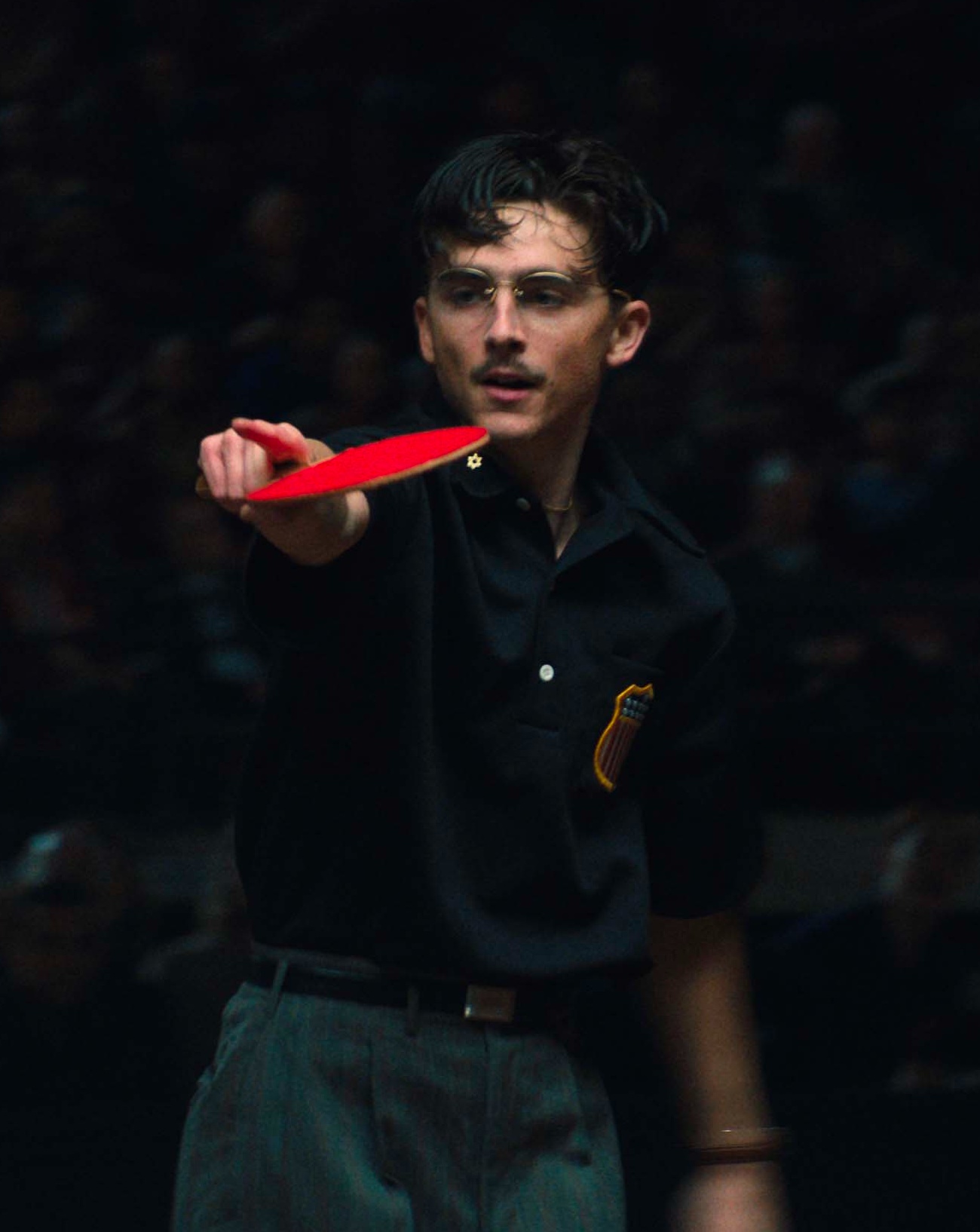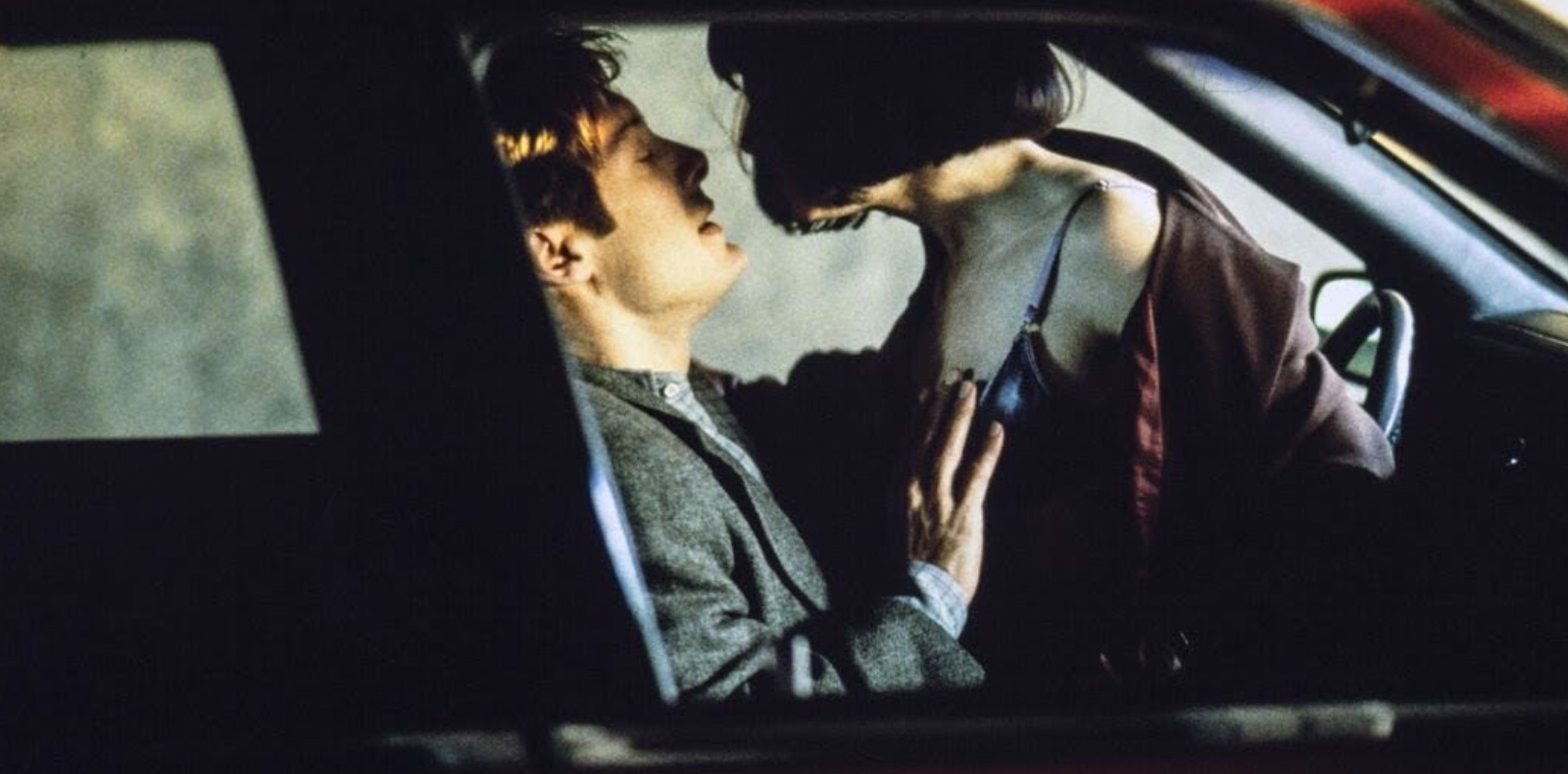
9
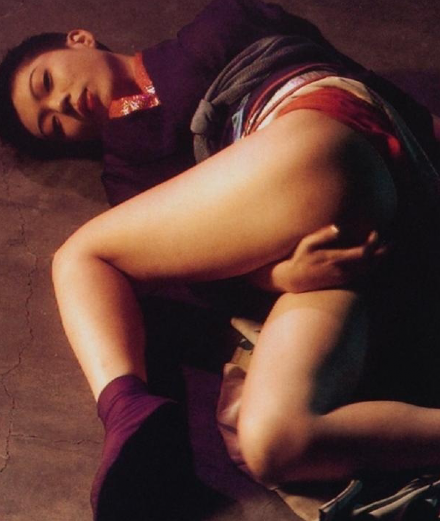
9
5 erotic films for a sexy Valentine’s day
From the madness of Nobuyoshi Araki to Chantal Arkerman’s experimental cinema, from ferociously erotic scenes to absolute censure, 5 extremely sexy films to warm things up on this February 14th.
By Alexis Thibault,
and Chloé Sarraméa,
Published on 9 February 2021. Updated on 20 June 2024.
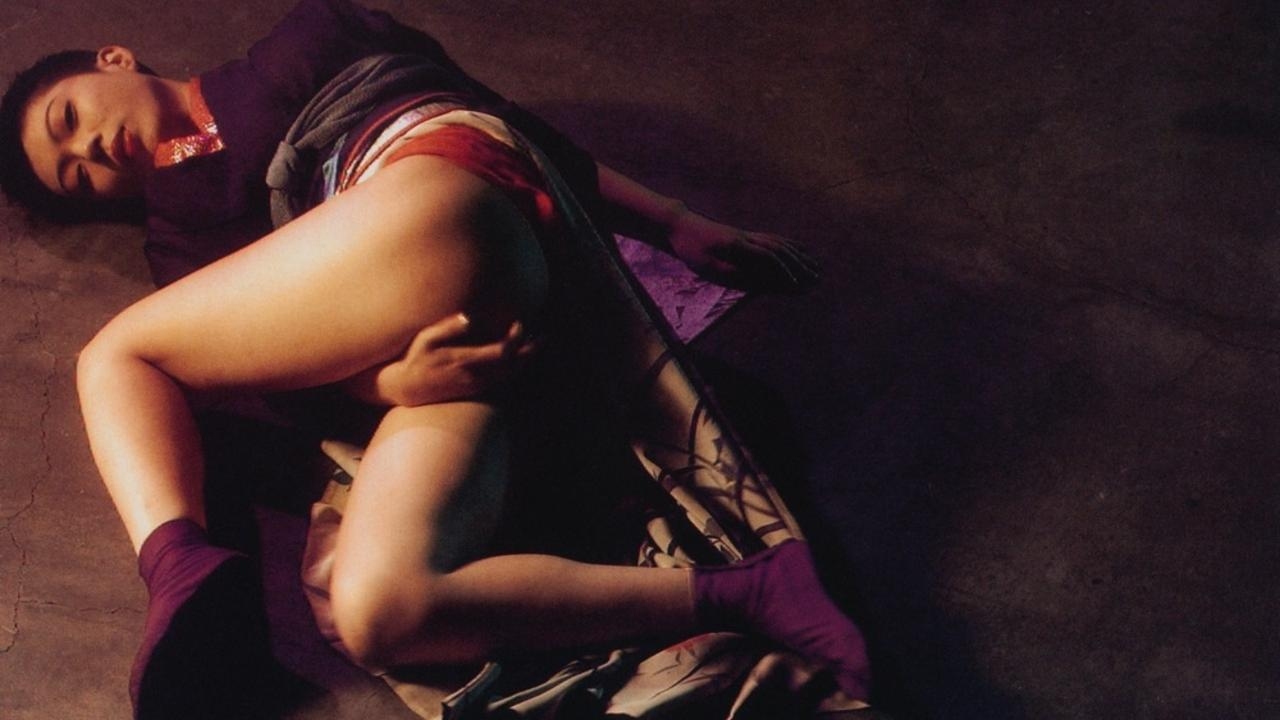
1. “Arakimentari” by Travis Klose (2003)
Hero of the Japanese counter-culture, Nobuyoshi Araki roamed the streets of Tokyo like a rock star. He scoured bars and strip clubs, met geisha and prostitutes, collaborated with S&M magazines and took pictures of the most suggestive nature. A tongue on a blurry penis and the female sex devoured by a mosaic, like a lascivious travel diary, the book Tokyo Lucky Hole (1997) condenses the photographer’s fantasies into 800 shots. A regular at the most subversive clubs, Araki had plenty of time to immortalize the young women and their cries of ecstasy, the revolted eyes of voyeurs and the libertarian spirit of a bygone era. In 2003, an 85-minute documentary plunged us into the psyche of the legendary photographer. Director Travis Klose spent a month in Tokyo with Nobuyoshi Araki, a human dynamo. Arakimentari is the fruit of his observations.
By Alexis Thibaut.
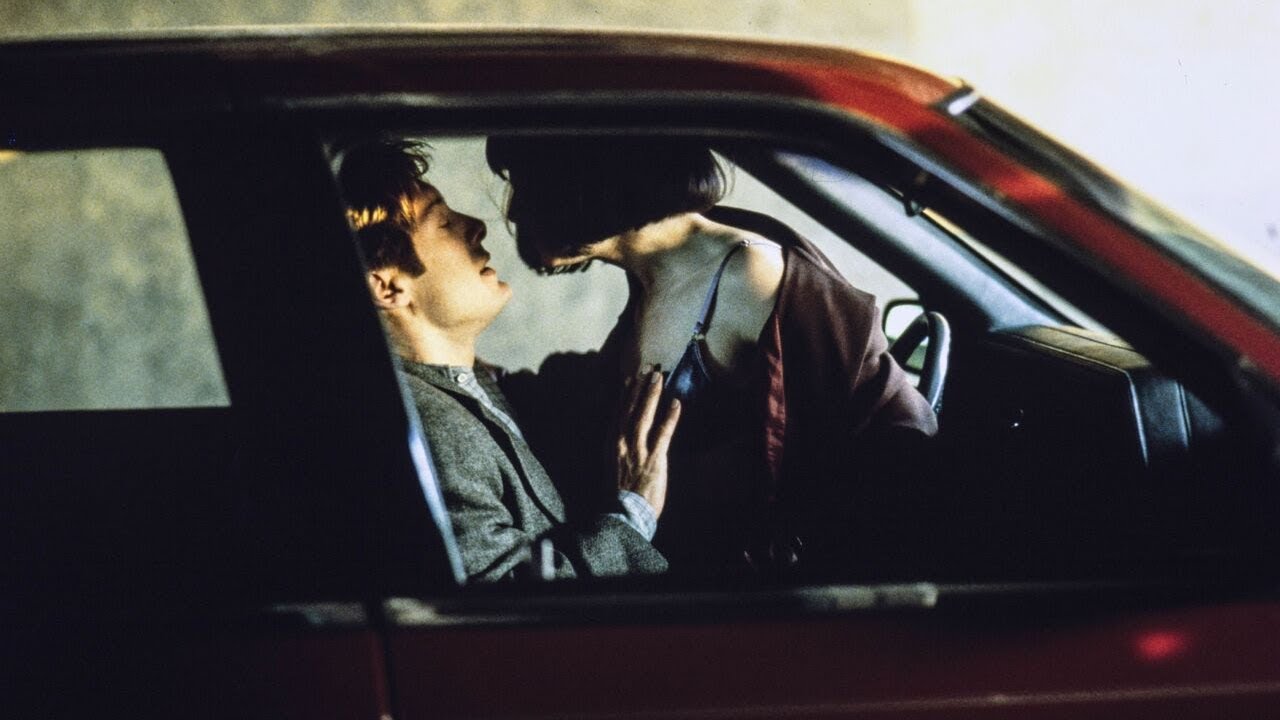
2. “Crash” de David Cronenberg (1996)
First released in 1996 and awarded the Special Prize by the Cannes jury, now it can be watched in its restored 4K version for the first time.The pitch for Crash, the Canadian director’s 14th movie, could be resumed as follows: a BDSM soft porn with an excellent script. Adapted from the novel by J.G. Ballard – the British science fiction and social anticipation writer who died in 2009 – Crash outlines the sexual and later morbid obsessions of a wealthy couple of libertines. After nearly dying in a car accident, the husband James Ballard starts an adulterous affair with the woman who’d crashed into him, Helen Remington. Obsessed with her, the injured man follows her everywhere, sticks to her like glue and has sex with her on a dusty backseat and against a cracked windscreen. His mistress climaxes with ease, and after coming all she wants is to hear an engine rev and a handbrake released. As a member of a group of people all sexually aroused by car accidents, Helen, as icy as she is fiery, leads neophyte James to Vaughn, a crazy and heavily scarred stuntman, who initiates the Ballard couple in carnal mortal rites heavily scented with a blend of semen, blood and burnt sheets.
By Chloé Sarraméa.
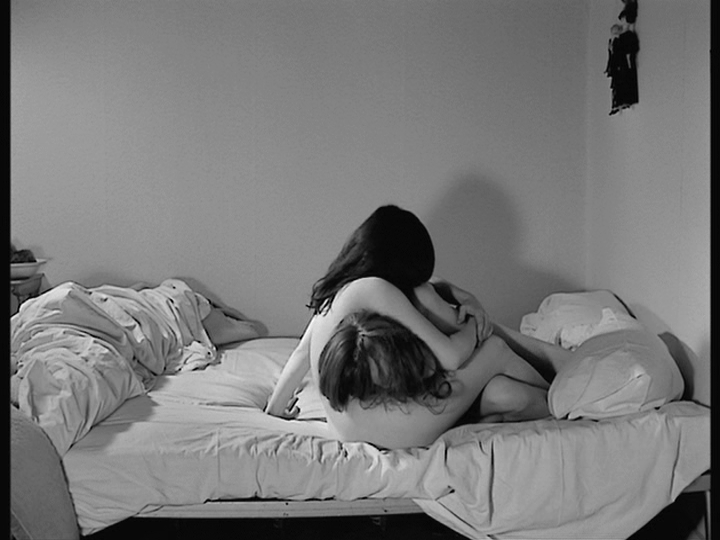
3. “Je, tu, il, elle” de Chantal Akerman (1974)
Cloistered in her tiny room, as if trapped by a still frame, Julie stuffs herself with powdered sugar and tries to write a letter she will never finish. She is the “I” that addresses the invisible “You” mentioned in the film’s title. Later, she leaves her room and meets “He” (Niels Arestrup), before falling into the arms of “She” (Claire Wauthion)… It was in 1974, at the age of 24, that the young Chantal Ackerman launched herself into Je, tu, il, elle, a disturbing yet sentimental tale where she demolishes the narrative with monologue and sequence shots. A sumptuously slow black and white film, sometimes described as egocentric – Akerman slips into the skin of the I – this three-part feature film was shot in eight days with a budget of barely 7,000 euros. It is about “relationships” in every sense of the word. Even though the framing and the light seem to converse more than the characters, Chantal Akerman is a true filmmaker who creates the “real effect”. The climax of the film is an intense lesbian sex scene where the erotic breaths sound like dialogue. On the unmade bed, the two women’s cavorting generates an effect of realism precisely because of its lack of aestheticism. In this ardent, almost ferocious embrace, they are entwined around each other in order to belong to each other, a far cry from any sexy Lolitas. “To say that Julie is a homosexual would be to lock her up within this notion, and if the scene of homosexuality is particularly violent, it’s because love is violent, that’s all. I present love as simply and naturally as if it were a relationship between a man and a woman,” explained Chantal Akerman, who committed suicide in 2015 at the age of 65. She leaves behind this extraordinary experimental film, which is nothing less than a visual and sexual revolution.
By Alexis Thibault.
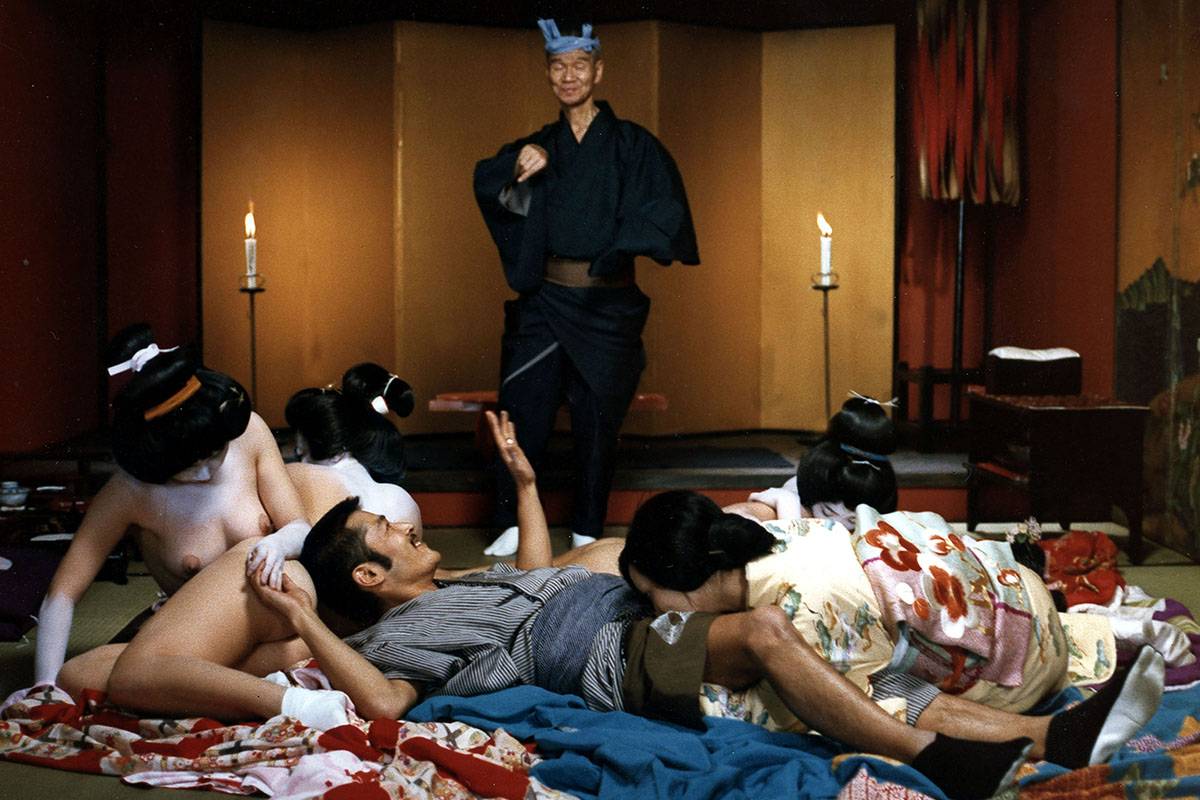
4. “In the Realm of the Senses” by Nagisa Ōshima (1976)
Presented at the Cannes Film Festival in 1976, Nagisa Oshima’s In the Realm of the Senses is an erotic powerhouse. This amorous duel defying all sexual taboos was censored for twenty years in Japan. The work resembles one of those dreams you wake up only half remembering. It begins slowly, is almost banal. Then the film catches you out, and finally locks you into the crazy and disturbing spiral of physical love. Empire, intoxication: this is an imperious film that keeps all the promises of its French title [The Empire of the Senses]. The Japanese title also has its interest: Bullfight of Love. For it is indeed about the love between Sada and Kichi. A voracious love, behind closed doors, that makes them forget the rest of the world. Except their desire cannot be contained. If they venture outside, the lovers also make love there, the world becoming a vast bedroom. A political act if ever there was one – “make love, not war” – in a militarised, repressive Japan, where Sada and Kichi, fingers pointed at them, are gradually marginalised. But nothing and no one can stand in their way. Their sexual frenzy is such that it sucks in everyone else. Geisha, maid, innkeeper… anybody in their presence is dragged, willingly or unwillingly, from near or far, into the dance, caught up in the centrifuge of their carnal whirlwind. Bullfighting too, a fight to the death in an arena and a crescendo of jabs, passes, banderillas, before the ultimate coup de grâce. In the Realm of the Senses tells the story of a sensual and fatal clash between two bodies, through a succession of jousts until the final blow.
By François-Guillaume Lorrain.

5. “Baise Moi” by Virginie Despentes and Coralie Trinh Thi (1999).
Made famous thanks to the immense success of her character Vernon Subutex, writer Virginie Despentes arrived in the French literary scene with a bang thanks to her raw words, her radicality and her deliberately trashy approach. In 1999, she adapted her sulphurous novel Baise-moi into a film with Coralie Trinh Thi. The feature-length road movie caused instant controversy with its sex scenes that weren’t simulated and two explosive gals – a prostitute and a porn actress – who fix all their problems with a 9mm gun. Some say that Virginie Despentes films despair with accuracy: pornography serving the discourse of her hyper realistic work without being unhealthy. Others, on the contrary, see Baise-moi as a hardcore morbidly pornographic revival of Thelma and Louise, a condensed, cheap subversion with a lot of unjustified haemoglobin.
By Alexis Thibault.











